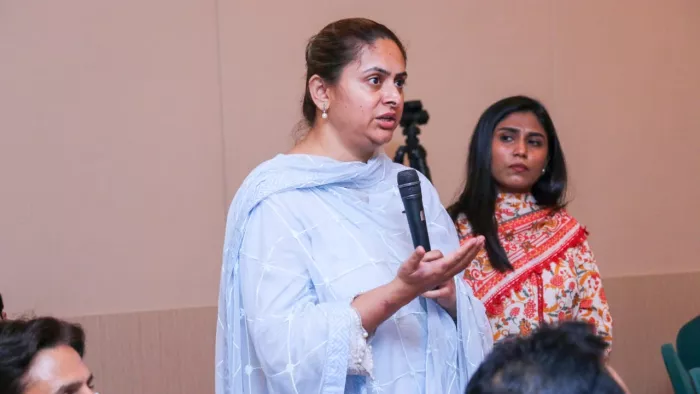MULTI-HAZARD DISASTER RISK FINANCING
Disaster Risk Financing (DRF) allows humanitarian organisations to be better prepared in advance of cyclical events by quantifying risks in advance of crises or disasters, pre-positioning funds, and releasing them according to pre-agreed protocols.
Pakistan DRF system is made up of three key pillars:
- Use of science to understand and quantify the risks
- Development of collaborative pre-planned contingency plans
- Pre-positioning when conditions on the parametric model are met
Together, these components ensure funding can be efficiently channeled to frontline responders before a crisis turns into a disaster.
Contingency planning is central to a DRF system. Contingency plans tend to be developed at a sub-national level: either at district or livelihood-zone level, whichever delineation is appropriate to the context. The process uses participatory and inclusive approaches, working with people at risk and local groups and organisations to design and validate planned actions, and in some places, to enable local groups to have ownership of plan implementation. Contingency plans usually reflect three severity scenarios (mild, moderate, and severe at a minimum) including costs, and may also cover one or more windows of action such as preparedness, mitigation, and anticipatory response. Another crucial component of DRF is the preposition of financing - financing is realised when the agreed thresholds on the parametric model have been reached according to predefined operational protocols.
Through DRF program’s funding mechanism funds are released for anticipatory response, preparedness, and risk reduction based on information from scientific hazard prediction models and predetermined triggers.
In Pakistan, the foundations of the DRF system are built on a robust governance structure – often it is referred to as the ‘fourth pillar’ of the system and is a central part in enabling decision making to be led locally.
In creating the enabling environment for locally led decision making, a National Steering Committee (NSC) and three hazard-specific Technical Working Groups (TWGs) have been established. The National Steering Committee (NSC) is the highest decision-making body consisting of a Chair and representative Start Network members in Pakistan including 3 INGOs and 2 National Start Network member NGOs. The NSC includes representatives of three major influencing national humanitarian and development networks/consortiums i.e., National Humanitarian Network (NHN), Pakistan Humanitarian Forum (PHF), and Indus Consortium. Moreover, to support the programmes coordination and partnership with government agencies, a dedicated focal point has been officially appointed by the National Disaster Management Authority, NDMA Pakistan.
The governance structure is as under:



